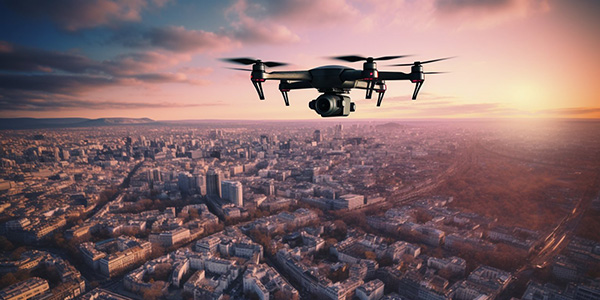01
Emergency Management and Disaster Response
During emergencies or natural disasters, live streaming can be used to broadcast live video feeds from affected areas to emergency response teams, government agencies, and the public. This allows stakeholders to assess the situation, make informed decisions, and coordinate response efforts effectively.
02
Security Monitoring and Surveillance
Live streaming can be employed for security monitoring and surveillance purposes. Video feeds from surveillance cameras, drones, or other sources can be streamed in real-time to security personnel, enabling them to monitor critical areas, detect threats, and respond promptly to incidents.
03
Traffic Management and Control
Live streaming video feeds from traffic cameras or other sources can provide real-time updates on traffic conditions, accidents, or congestion. Traffic management authorities and commuters can access this information to make informed decisions regarding route planning, traffic diversion, or incident management.
04
Remote Site Monitoring and Inspection
Live streaming can be used to monitor remote sites or locations where physical presence is not feasible or practical. For example, construction sites, infrastructure projects, or remote installations can be monitored through live video feeds, enabling project managers or supervisors to assess progress, identify issues, and provide remote guidance.
05
Event Management and Crowd Control
Live streaming can assist in event management and crowd control scenarios. Video feeds from event venues can be streamed to event organizers, security personnel, and authorities to monitor crowd behavior, identify potential safety hazards, and ensure a smooth and secure event experience.


06
Environmental Monitoring
Live streaming can be employed for environmental monitoring purposes, such as monitoring weather conditions, air quality, or natural habitats. Live video feeds from weather stations, environmental sensors, or remote cameras can provide real-time information for research, decision-making, and early warning systems.
07
Remote Inspections and Maintenance
Live streaming can enable remote inspections and maintenance activities. For example, technicians or experts can remotely access live video feeds from machinery, equipment, or infrastructure to diagnose issues, guide on-site personnel, and perform necessary maintenance or repairs.
These live streaming workflows for live situational awareness rely on robust video capture systems, streaming infrastructure, and secure channels to ensure reliable and real-time delivery of video feeds to the intended stakeholders. The specific workflows will vary depending on the use case, industry, and the specific requirements of the situational awareness scenario.


